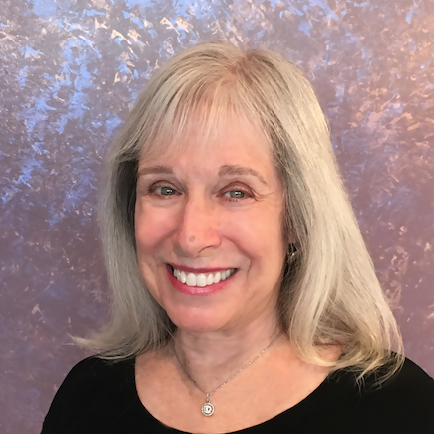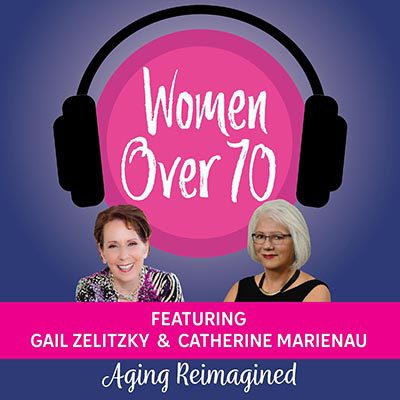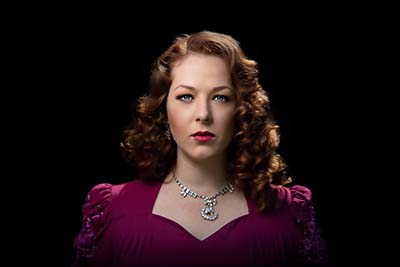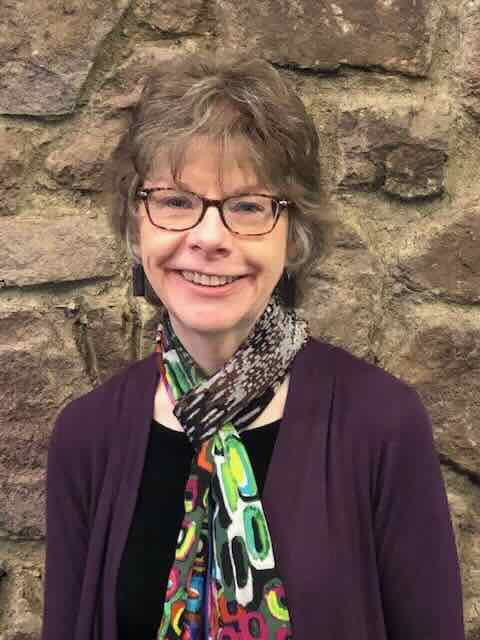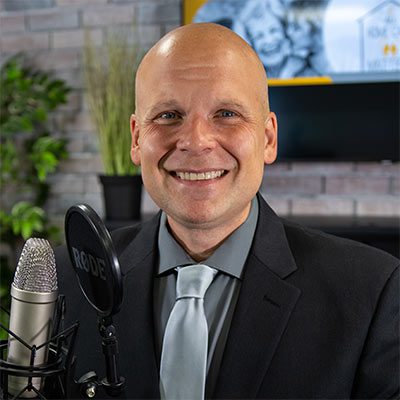How to Find an Assisted Living Community — Part 3
This is the third article in a four-part series about how to find an assisted living community for 82-year-old Sally. Please click here for Part 1 with some background info. And click here for Part 2 about our visit to Assisted Living Community “A.” Her story continues below . . . .
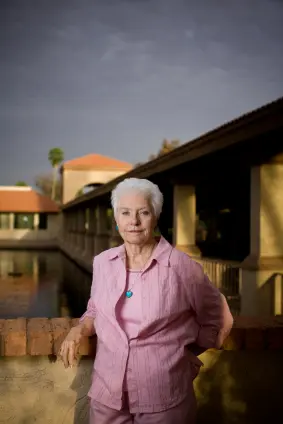 Sally and I were running nearly two hours late for our scheduled tour of Assisted Living Facility “B,” but I called ahead twice to let the staff know we were behind schedule but still coming to tour that day. Facility “B” is owned by the same parent company as “A,” but as we approached in my car there were a few differences evident. While they are situated only about 20 minutes apart in Los Angeles County, the neighborhood around “B” has more of a “city” feel to it. The building is a large high-rise and located on a busier street than Facility “A.” However, this is a neighborhood where Sally had lived for many years, so she was familiar and comfortable with it. And she has friends who live close by.
Sally and I were running nearly two hours late for our scheduled tour of Assisted Living Facility “B,” but I called ahead twice to let the staff know we were behind schedule but still coming to tour that day. Facility “B” is owned by the same parent company as “A,” but as we approached in my car there were a few differences evident. While they are situated only about 20 minutes apart in Los Angeles County, the neighborhood around “B” has more of a “city” feel to it. The building is a large high-rise and located on a busier street than Facility “A.” However, this is a neighborhood where Sally had lived for many years, so she was familiar and comfortable with it. And she has friends who live close by.
Our Welcome
Because there was no street parking available, I dropped Sally off in front and parked in the underground parking structure. A staff person met me in the parking lot, and we rendezvoused in the front lobby. When I made the appointment by phone, the Marketing Director told me she wasn’t working on Saturday, but another Administrative Staff member would gladly give us a tour and answer our questions. We were greeted by a young woman who identified herself as Jill, the Activities Director for Facility “B.” We headed off with Jill for our tour right away.
The Tour
It was obvious that this facility was in the midst of a major remodeling and redecorating project, which the Marketing Director didn’t mention on the phone. There were half-painted hallways, half-carpeted floors and half-finished rooms throughout the building. It surprised me that no one prepared us for this “construction-zone” appearance. Jill told us it would be completed in about six weeks.
Facility “B” is home to 100 senior citizens (compared with 70 residents at Facility “A”) so it wasn’t just our impression of it being a larger building from the exterior, it actually is a larger community of people. The Activities Director took us up to the second floor where the dining room is located, and we saw a large, concrete patio outdoors where residents may eat in nice weather. They had held a luau on the patio the evening before, and the pretty, tropical decorations were still up.
As we walked around, Sally asked and received answers to the two questions she asked at Facility “A” and were obviously very important to her. “B” also offers bus transportation to local doctors and drug stores, and they have Catholic services held on-site weekly.
I noticed some signs written in Asian characters in the elevator. I asked Jill about them, and she explained that 85% of their population was Asian. She also told us they served both Western and Eastern food. Upon hearing this, Sally stopped dead in her tracks, grabbed my arm and said, “My husband was Chinese!” He had passed away many years ago, but obviously the Asian cultural influence within Facility “B” thrilled her.
Jill showed us a vacant “Friendship Suite” that Sally could move into immediately. It seemed a little larger than the one in Facility “A,” but it was not furnished. It had a balcony which was a nice feature. As we continued touring, Sally made the remark, “I’ll get lost here.” While Facility “A” was an easy rectangular, two-story layout built around a central atrium, this building had a more convoluted layout, with various meeting areas on different floors accessible by elevators.
I could see Sally was tiring — using her umbrella more for support now. We wound up sitting in the Arts and Crafts room. A staff member brought us some water, and at this point, I asked, “Is there space in an existing Friendship Suite for Sally to share?” Yes, there was one possibility, and Jill introduced us to a resident named Aurora. She and Sally immediately started speaking together in Tagalog, their native tongue! After a brief conversation, Aurora went off to see some friends who just arrived for a visit. Jill informed us that if Aurora and Sally weren’t a good fit as roommates, they would start a new Friendship Suite for Sally and then find a current or new female resident to become her roommate. Jill also informed us there were four Filipino staff members working at Facility “B.”
Getting Down to Details
Unlike our tour at Facility “A,” the Activities Director did not have the authority to discuss financial details, nor the specific next move-in steps with us. She gave Sally a brochure with the required paperwork to be completed. Jill asked us to call on Monday to speak further with the Marketing Director if Sally wanted to move there. While it would have been nice to have someone higher up to speak with then, it had already been a long day and we were both ready to head out. We had a lot of impressions and input from both residences to mull over.
Decisions, Decisions
OK. You’ve heard Sally’s story up to this point. Now it’s your turn to guess the outcome.
Which Assisted Living Facility (“A” or “B”) did Sally choose and why? What factors do you think weighed most heavily in her decision?
Click here to continue to Part 4 of this series, where I’ll reveal Sally’s choice.

